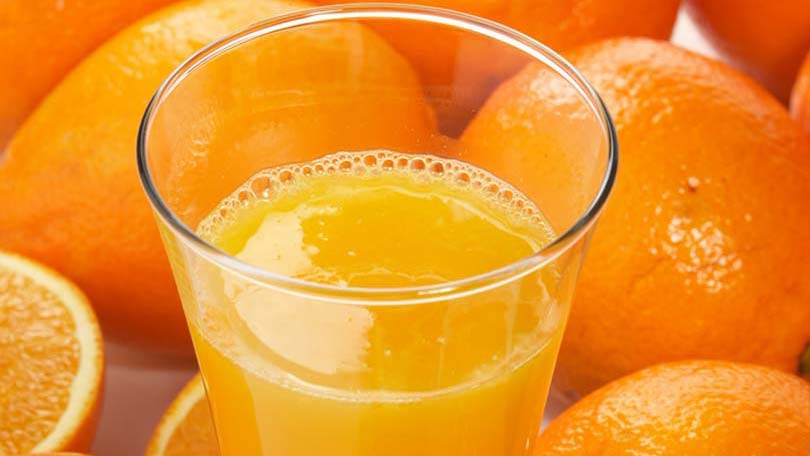Who doesn’t love that glass of wonderful orange liquid that appears on so many breakfast tables around the world? Orange juice – no matter in what form you may consume it – is the most popular fruit juice on the market. Each morning, millions of people begin their day with a glass of refreshing orange juice, and for many families, it’s a staple that always has a place of honor in the refrigerator.
Just what attracts people to drink this juice each and every day? For many, it’s merely the excellent taste that gets the morning off to a good start. Others note that they enjoy both the good taste and the nutritional advantages that consuming orange juice provides.
Regardless of why you drink it, you probably have your favorite kind of OJ. For some, it’s nothing but fresh squeezed. Others enjoy the ready-to-drink version of orange juice while some prefer the frozen concentrate variety. Ever wonder what the difference might be between the various types of orange juice you can buy at your grocery store?
Orange Juice Varieties
Basically, there are three types of orange juice available in supermarkets across the U.S. and Canada. (Fresh squeezed is not found in stores because it’s nearly impossible to preserve it properly and market it to the masses.)
- Frozen concentrate – The name of this variety says it all. Frozen concentrate orange juice is found in the freezer case at the grocery store. The orange “liquid” inside is concentrated and in order to drink this kind of juice, you must add cold water and stir until the concentrate is dissolved.
- Reconstituted liquid – This is orange juice that was – at one time – concentrated but has been diluted prior to sale. This is the second most popular of the three versions. It is an RTD (ready-to-drink) juice that requires no preparation.
- Not from Concentrate (NFC) – This variety, also known as “single strength” juice, was never concentrated. It is also a ready-to-drink juice and is the most popular variety of OJ in today’s supermarkets.
The History of Orange Juice
Oranges have been growing in Southeast Asia and China for approximately 4,000 years. According to historians, the orange made its way to Africa and the Middle East within the next five centuries and eventually came to Europe during the Arab occupancy of Spain (about 700 to 1400 AD). Explorers brought them to the New World in the 15th and 16th centuries, and by the 1800s, Florida had a burgeoning orange industry.
By the 1890s, oranges and orange juice grew in popularity when it was discovered that the fruit contained a wealth of Vitamin C. Doctors knew that Vitamin C would help stave off a very menacing disease of that time – scurvy.
The commercial orange juice industry arose in the 1920s and consumption of OJ began to increase in leaps and bounds, especially when pasteurization techniques and new canning processes improved in the 1930s. Orange juice now tasted better and was safer to drink.
Frozen concentrate was invented near the end of World War II and for four decades was the best-selling orange juice on the market. Its popularity helped spur the growth of the Florida orange industry.
It wasn’t until the mid-1980s that ready-to-drink (RTD) juices outsold the frozen variety. Today, more than 75% of North American consumers drink the RTD varieties while about 25% have maintained loyalty to frozen concentrate.
Health Benefits of Orange Juice
The best reason to drink orange juice is – of course – the Vitamin C found in this refreshing drink. Vitamin C boasts a plethora of health benefits. It’s one of nature’s most powerful antioxidants, attacking free radicals that can lead to cancer or heart disease. It’s also been proven that a glass of orange juice each day results in a 25% reduced risk for ischemic stroke.
Vitamin C also helps the body fight infection like colds and flu and is essential for tissue repair as well as wound and bone healing. When consumed by an expectant mother, Vitamin C is known to assist the mother’s body in absorbing iron and can help the unborn baby develop strong bones and teeth.






